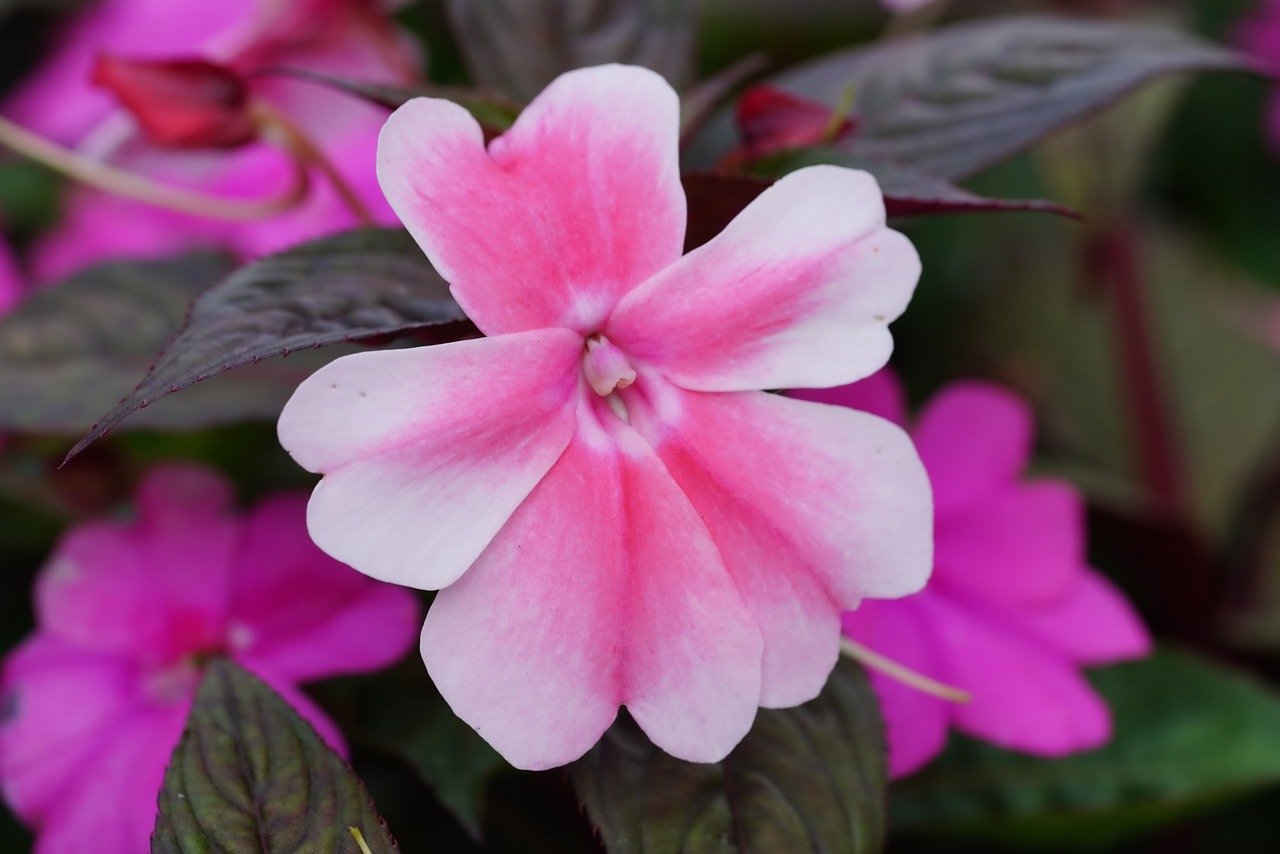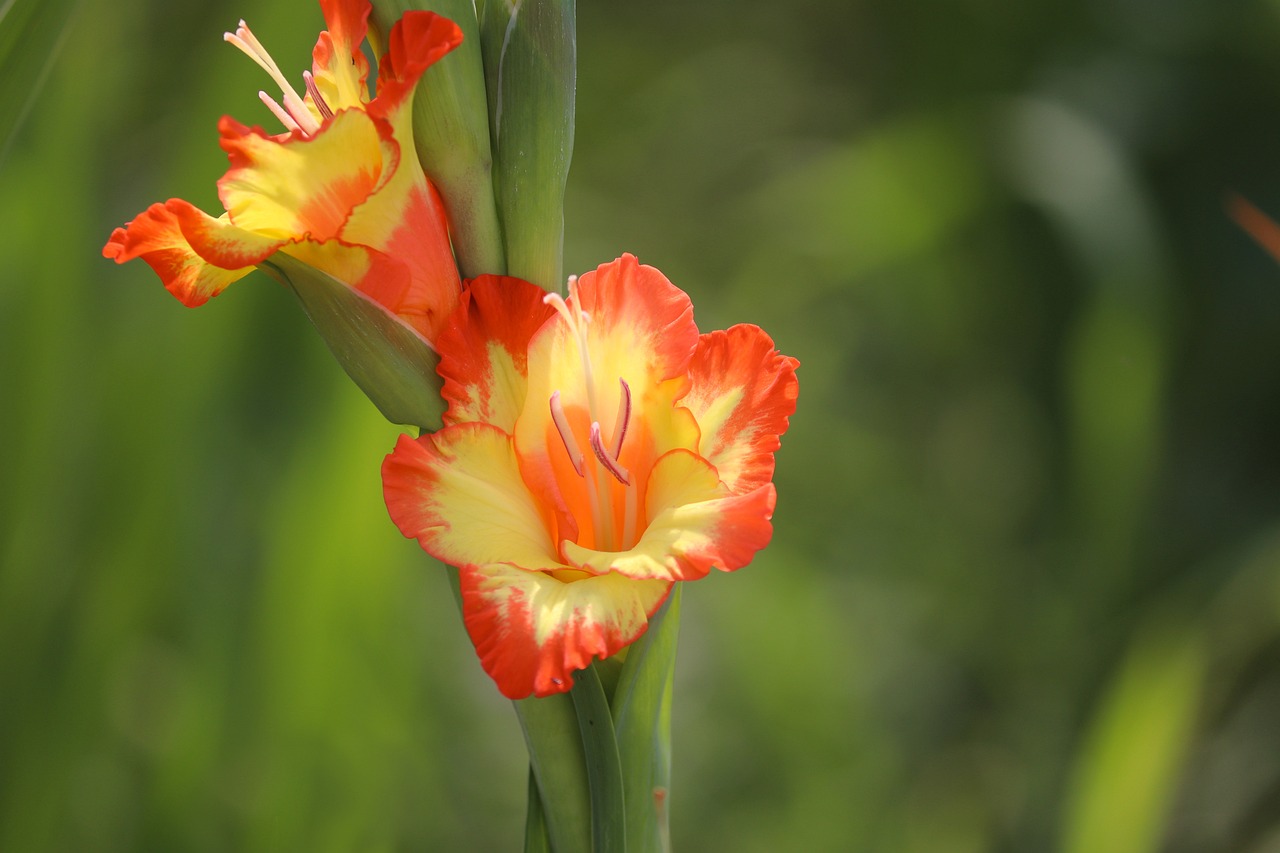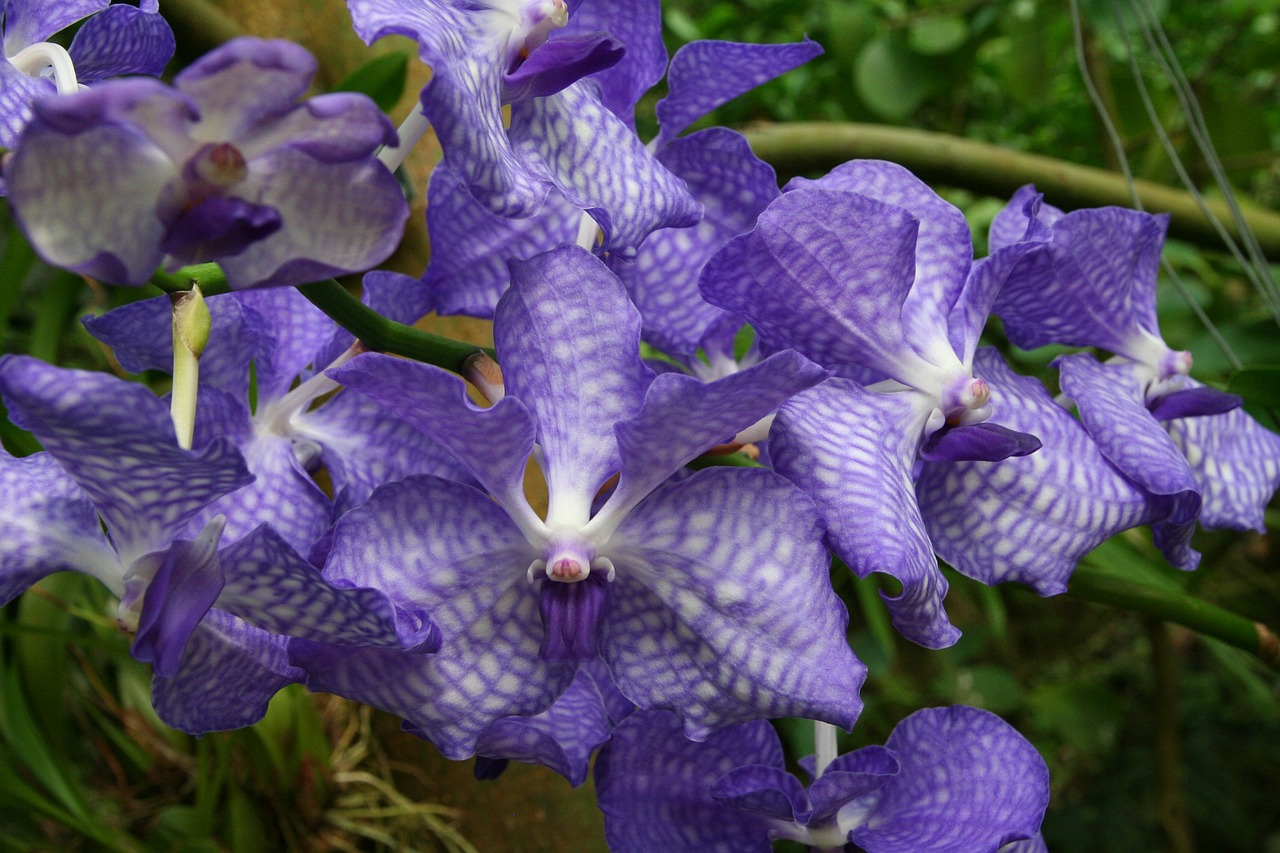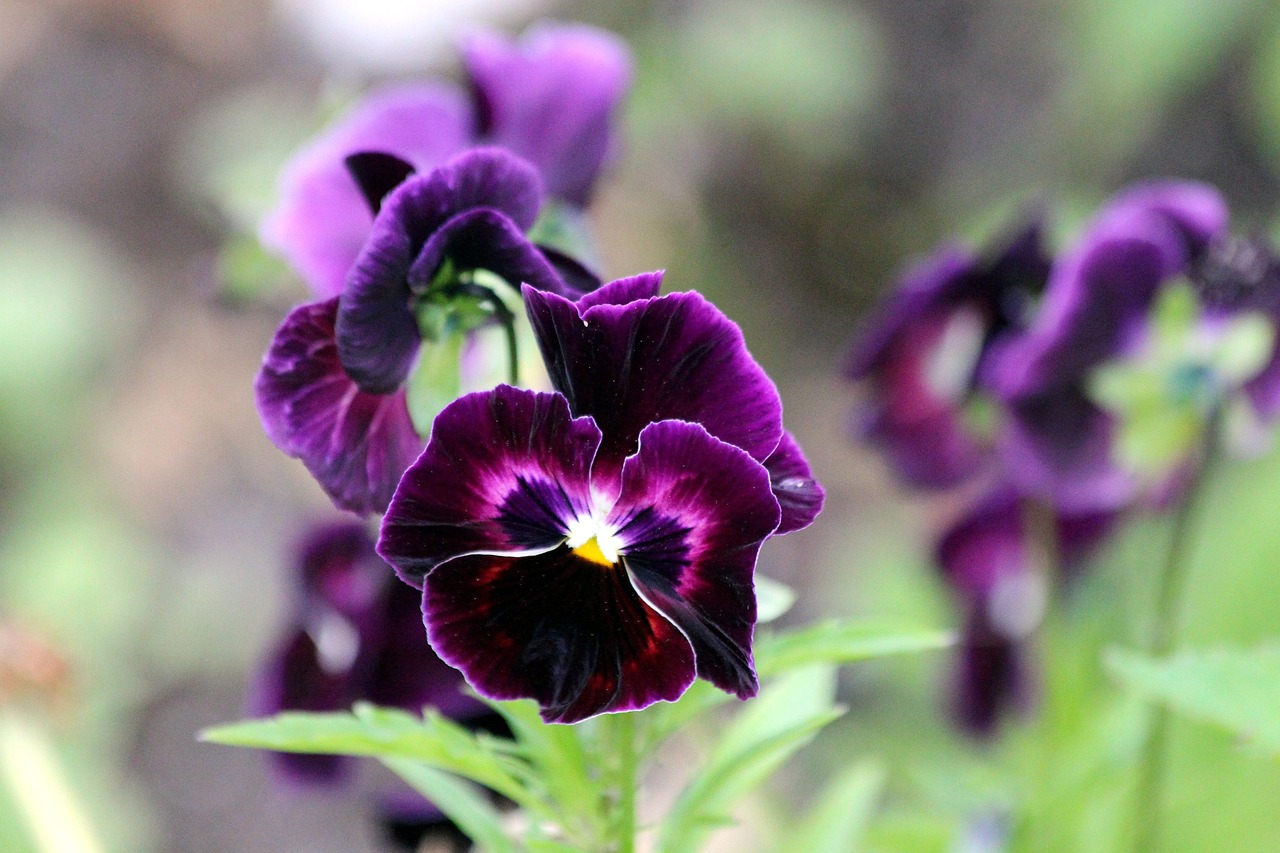Globe Flower | The Yellow Blossoms of Midsummer in Northern Europe
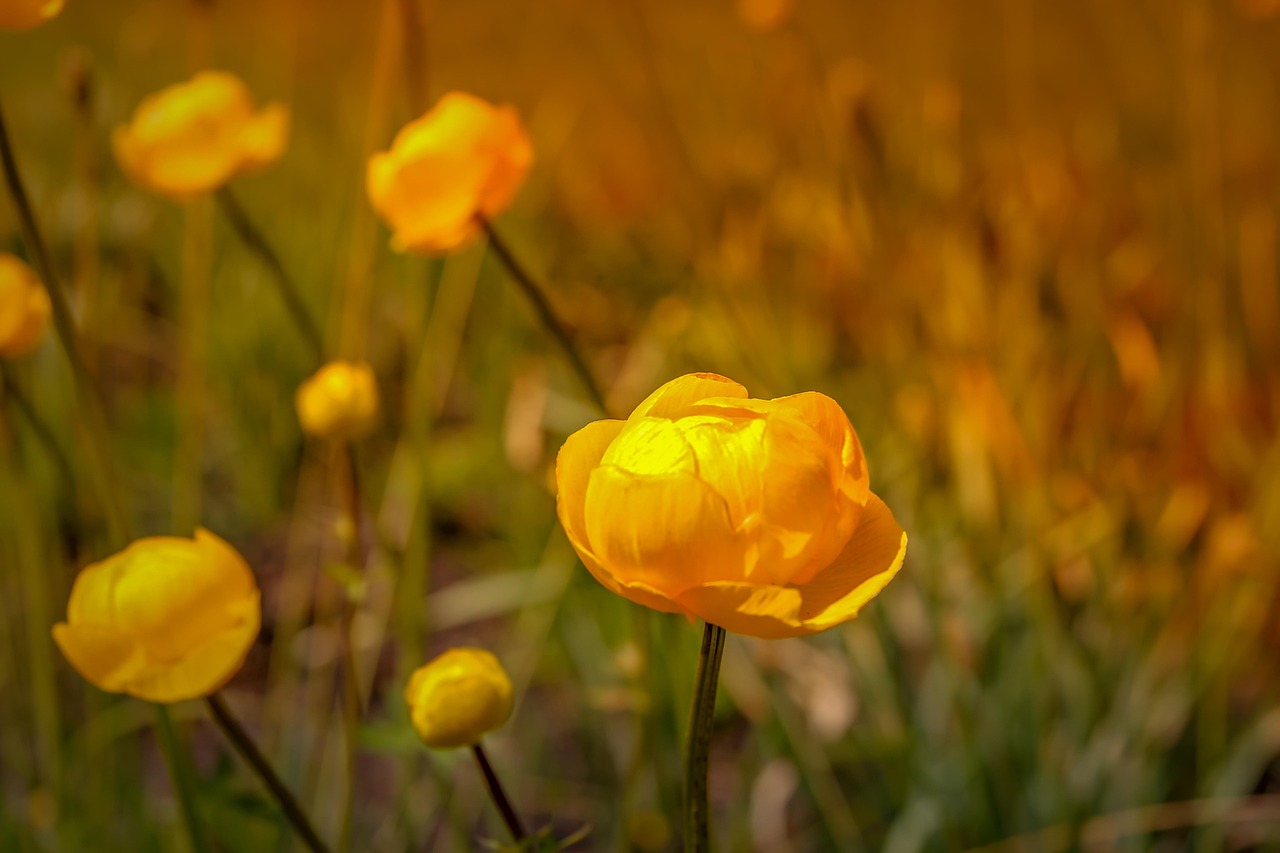
The globe flower is a perennial plant with bright yellow blossoms, long cherished across Europe. It grows naturally in meadows and wetlands, and it is also appreciated in gardens as a plant that creates a natural and refreshing landscape.
In this article, I will provide detailed information about the globe flower, including its basic characteristics, cultural and historical significance, and tips for successful cultivation.
Basic Information
- Scientific name: Trollius europaeus
- Family: Ranunculaceae
- Origin: Europe and western Siberia
- Appearance: The flowers bloom in a rounded, hemispherical shape. Varieties range from vivid yellow to shades tinged with orange. The leaves are deeply lobed, giving a fresh and cool impression.
- Blooming season: From spring to early summer, with a longer blooming period in cool climates.
Cultural Significance Around the World
The globe flower has been closely connected with various cultures, particularly in Europe.
In Northern Europe, its vivid yellow color is regarded as a symbol of the sun, and it is often used in spring festivals and midsummer celebrations as decoration.
In the Alpine regions, the globe flower, which grows naturally in mountain meadows, is cherished as a symbol of the summer landscape and the beauty of nature.
In England, globe flowers blooming in wetlands were once believed to mark the dwelling places of fairies, and they appeared in folklore as mystical and enchanting plants.
In France, their bright colors came to symbolize happiness and hope, making them popular not only in gardens but also as gifts.
Historical Background
The globe flower has grown wild in European meadows and wetlands for centuries, and by the 18th century, it had also gained popularity as a garden plant.
In England and France, it was planted in noble estates and monastery gardens, where its vibrant blossoms enriched the scenery.
During the 19th century, botanists studying Alpine flora introduced the globe flower across Europe, leading to the development of numerous ornamental varieties.
In Scandinavia, efforts to protect wild globe flowers have been established, and in some regions, the collection of these plants is strictly regulated due to their ecological importance.
Gardening Advice
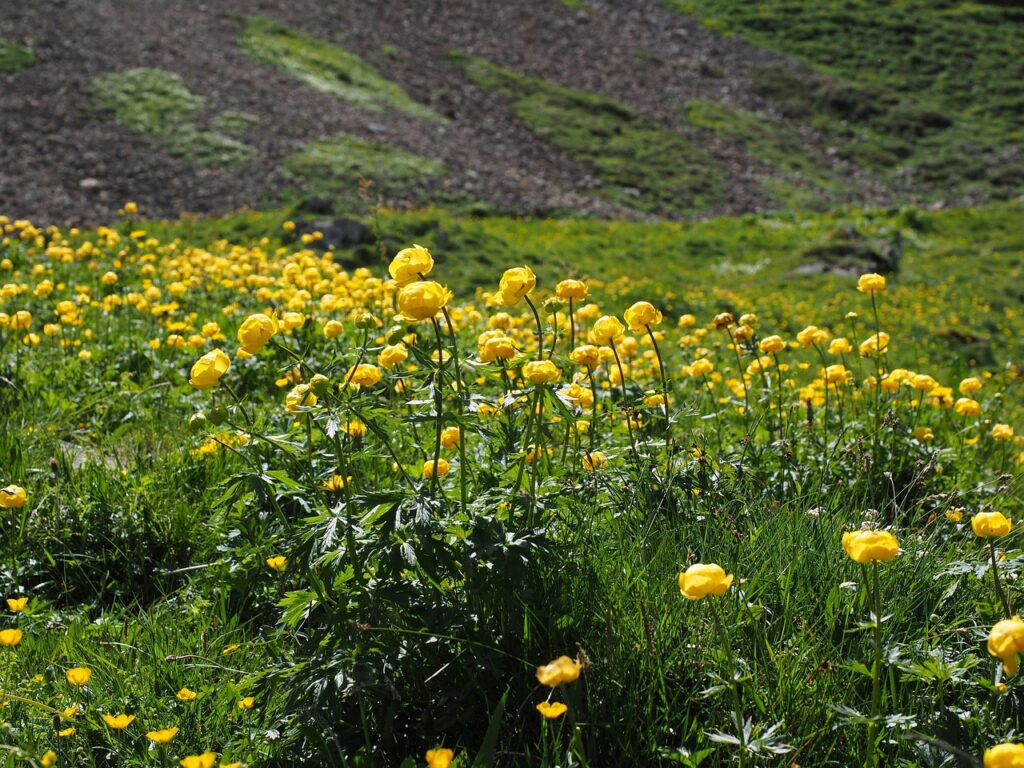
To cultivate the globe flower successfully, it is essential to provide proper care suited to its environment. Consider the following points:
Sunlight
Prefers partial shade to full sun, but avoid strong summer sunlight. Thrives in cooler climates.
Watering
Keep the soil evenly moist. Since it prefers damp conditions, water in the morning or evening during dry periods.
Soil
Well-drained yet moisture-retentive soil is ideal. A mix rich in leaf mold encourages healthy root growth.
Fertilizer
Apply slow-release fertilizer during the growing season (spring to early summer). Avoid excessive fertilization.
Hardiness
Hardy in cold climates. The above-ground parts wither in winter, but the roots remain dormant until spring. For potted plants, place them under shelter to prevent freezing.
Conclusion
The globe flower, with its radiant yellow blooms, has long been admired across Europe as a symbol of the sun, joy, and happiness.
It decorates Northern European festivals, appears in English folklore as a mystical flower of the fairies, and has been cultivated since the 18th century as a beloved garden plant.
By maintaining proper soil moisture and providing a cool environment, you can enjoy its brilliant blossoms from spring through early summer. Whether in a garden or a pot, the globe flower brightens the landscape with its cheerful presence.


